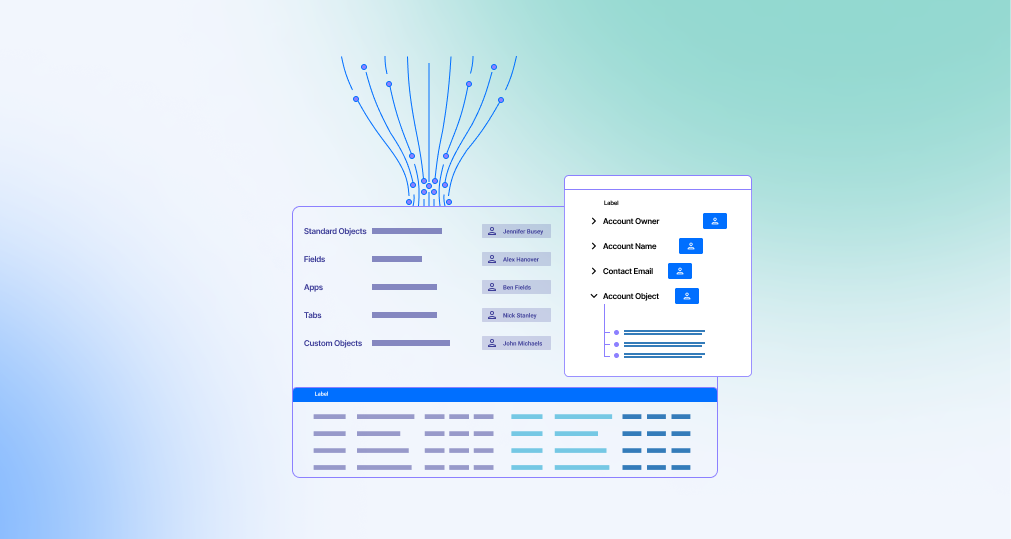We’ve learned from our own operational experiences as entrepreneurs, product owners, revenue leaders, advisors, and board members that for SaaS companies to remain competitive, customers must be at the center of product and go-to-market decisions. Every team needs to optimize to create end-user value. To understand what really creates end-user value, you have to listen to customers — closely. Unfortunately, listening to customers is harder than it sounds.
The volume and velocity of data that businesses are generating is mindblowing. Ironically, most of this data is unstructured and trapped in emails, support tickets, Slack, call transcripts, user communities, and survey results. Most product teams struggle to grasp this valuable “dark data” at scale. Some are starting to experiment with AI to make sense of user interactions. This has introduced two new big problems: getting data out of all these sources and the murkiness of the data itself. This is why we create Sturdy PX for product-oriented teams.
My guess is that forward-looking teams trying to use AI are running into the same big issues that we had to solve to get Sturdy in the wild — mainly data transformation. We’ve seen this called data munging. Yuck. Whatever you call it, data prep tasks are time-consuming and tedious. We’ve learned that teams spend an enormous amount of time on manual data wrangling, which slows access to the valuable stuff - the analysis and, ultimately, the insights! About 70% of our tech is dedicated to automating data preparation tasks. For example, most companies collect data in inconsistent data formats across multiple modes/data sources. Sturdy standardizes the data formats, cleans the data, and synthesizes it with structured data like CRM data.
Leveraging AI, we're transforming traditional product research by empowering anyone on a product team with self-service access to the unsolicited, unbiased, and unabridged voice of the user. Sure, surveys, prototype tests, focus groups, etc., are still in the mix. They should be. But we’ve found that getting a consistent stream of accurate, categorized, product and user-centric insights really scratches that itch that we’ve had as product people.
For a limited time, we’re offering Sturdy PX to qualified product teams for free. It’s easy to get started, and the not-free version is pretty darn affordable, even on a tight budget. Get Sturdy here.

.png)

.png)
.png)

